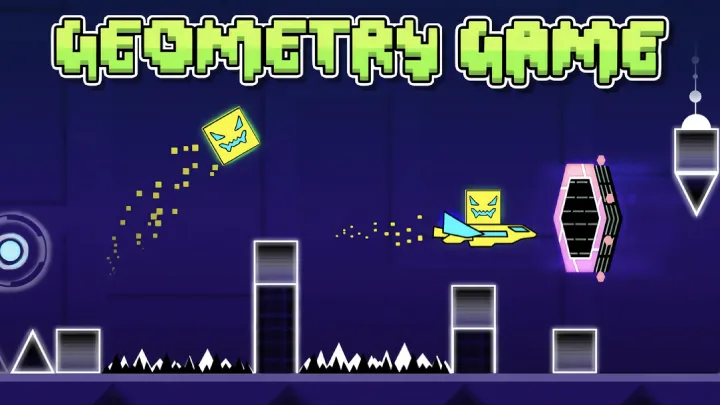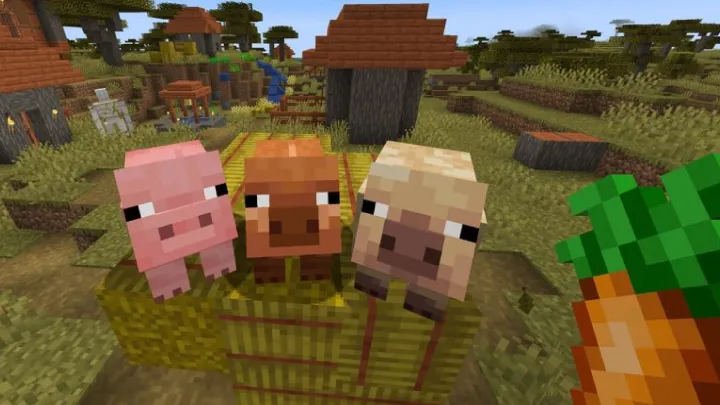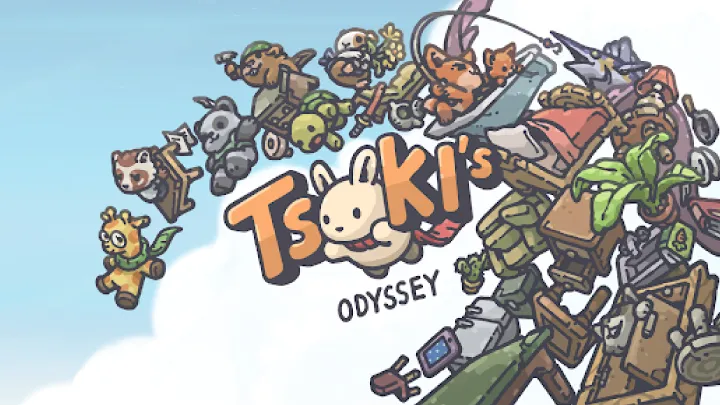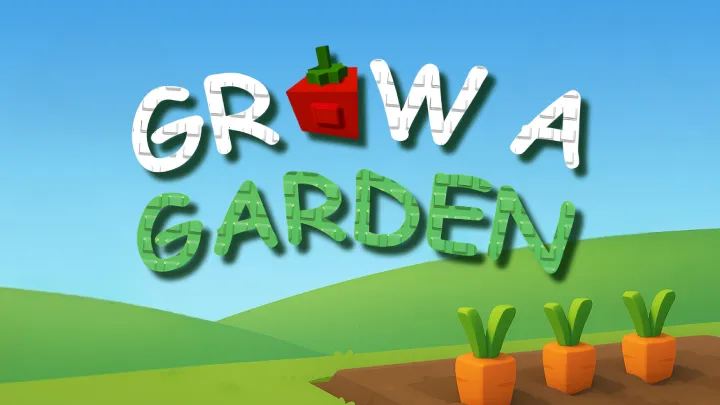Minecraft is often perceived as a simple, blocky sandbox for creative expression. While its accessible mechanics make it welcoming to all, beneath the surface lies a complex, systemic world governed by principles of resource management, engineering, and tactical survival. The journey from a novice puncher of trees to a master of the Overworld is a testament to strategic thinking, meticulous planning, and a deep understanding of the game's hidden mechanics. This comprehensive guide, penned from the perspective of a seasoned world-builder and survival expert, will deconstruct the common misconceptions and provide a professional framework for transforming your first night into a legacy of power, wealth, and architectural brilliance. We will move beyond the basics of crafting and mining to explore the advanced principles of Redstone automation, mob farm optimization, and the meticulous art of passive resource generation. This is not a tutorial; it is a blueprint for victory.
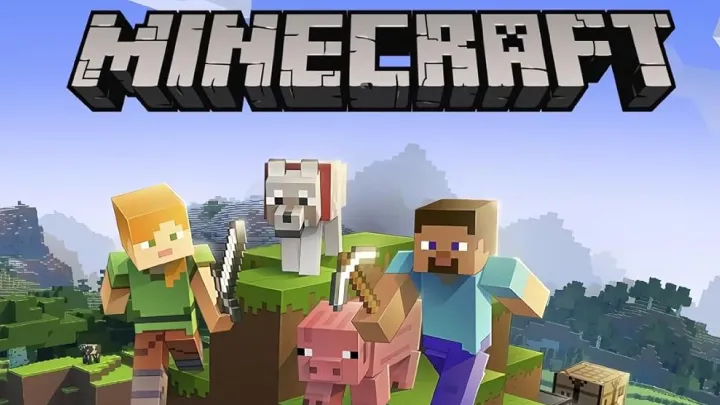
The Core Philosophy: The Mindset of the Master Architect
A true master of Minecraft operates not as a casual wanderer, but as a CEO of their own digital empire. Every action is a calculated investment, and every choice is a strategic decision with long-term implications.
The first principle is to prioritize efficiency over impulse. While the temptation to build a sprawling mansion on Day 1 is strong, an expert understands that survival and resource gathering must come first. Your goal is to maximize your output per unit of time. This means planning your mining operations, automating farming where possible, and minimizing redundant movements. Your most valuable assets are not your diamond tools, but the precious seconds you save with a well-designed workflow.
Secondly, you must embrace delayed gratification. The most profitable ventures in the game are often the ones that require significant upfront investment and patience. An amateur player immediately spends their first diamonds on a sword. An expert player stockpiles them, meticulously saving for a high-cost, high-return asset like an enchantment table or a Netherite upgrade. The journey to a fully-automated base is not a sprint; it is a deliberate, methodical climb.
Thirdly, you must understand the invisible systems. The game's code, like the unseen network of Redstone dust beneath your floorboards, dictates every aspect of your success. This includes the mob spawning mechanics, the probability of a rare drop, and the economic value of various trades with villagers. A master player is a data analyst, observing patterns, testing hypotheses, and making decisions based on empirical evidence, not on impulse.
Part 1: The First 24 Hours - The Blueprint for Survival
Your first night in Minecraft is a critical period for establishing a stable base. This is where you lay the groundwork for all future success.
1. The "Punch and Run" Strategy: Do not waste time. Your first action should be to punch a tree to gather wood. Immediately craft a crafting table and wooden pickaxe. Your next goal is to find a source of stone. Dig a small, temporary shelter into the side of a mountain or hill. This provides instant protection from the night's mobs.
2. The Tools of a New Era: Once you have a pickaxe and some cobblestone, immediately upgrade your tools to stone. A stone pickaxe is far more durable and efficient than its wooden counterpart. Next, craft a stone axe and a sword. A stone sword provides a crucial layer of defense against skeletons and zombies.
3. The Mini-Base: Do not build a grand castle. Your first base should be a simple, functional bunker. A 3x3x3 hole in the ground with a door and a few torches will suffice. This small space will be your hub for crafting, smelting, and surviving the night. It is a temporary solution, but it is a critical first step.
Part 2: The Art of the Mine - The Path to Riches
Mining is the backbone of your Minecraft empire. An expert miner understands that it is not about digging randomly; it is about following a plan.
1. The Strip-Mining Method: The most efficient way to find rare ores like diamonds is the strip-mining method. This involves digging down to a specific Y-level (Level 11 is the most common for diamonds) and then digging a series of long, straight tunnels with two-block gaps between them. This method minimizes the number of blocks you have to break and maximizes your chances of finding rare ore veins.
2. The Branch-Mining Technique: An alternative to strip mining, branch mining involves digging a main tunnel and then digging smaller tunnels (branches) off the side. This is also a highly efficient method for finding rare ores, and it provides an excellent way to cover a large area without getting lost.
3. The Value of Iron: Iron is your most important early-to-mid-game resource. It is used for all essential tools, armor, and important contraptions like buckets and shears. An expert player will never have less than a full stack of iron ingots on hand.
Part 3: Redstone Engineering - The Science of Automation
The true genius of Minecraft lies in its Redstone system. This is the expert's playground, where simple components combine to create incredible, automated contraptions.
1. The Fundamentals of Redstone: Redstone is a power source that can be used to activate and control other blocks. A master Redstone engineer understands the basic components:
- Redstone Dust: The "wire" that transmits power.
- Redstone Torches: A constant power source.
- Levers & Buttons: Manual switches to turn power on and off.
- Repeaters: Used to extend the range of a Redstone signal.
- Comparators: Used to measure the signal strength of a Redstone line.
2. The Expert's Automation Strategy: Do not build complex contraptions immediately. To increase your chances of success, you must:
- Start Small: Begin with simple, functional builds. A basic automatic door or a simple light switch is an excellent starting point.
- Study the Logic Gates: Learn the basic logic gates (AND, OR, NOT, XOR). These simple circuits are the building blocks of every complex Redstone machine.
- Automate Farming: Your first major Redstone project should be an automatic farm. A Redstone-powered piston system can be used to harvest crops automatically, turning your farm into a hands-off, money-making machine.
Part 4: The Art of Mob Farming - The Path to Infinite Resources
Mobs are not just a threat; they are a resource. An expert player understands how to turn the dangers of the night into a passive income stream.
1. The Principles of Spawning: Mobs spawn in dark areas and will not spawn if there is a player nearby. An expert mob farmer understands this. They build a large, dark chamber and then build a system to funnel the mobs to a central kill zone.
2. The Design of the Mob Farm: A mob farm is a multi-layered contraption. It typically consists of:
- The Spawning Chamber: A large, dark room where mobs spawn.
- The Water Elevator: Water streams are used to push mobs to a central point. A water elevator is then used to lift the mobs to a high platform.
- The Drop Shaft: Mobs are dropped from a great height to damage them. They are left with one hit point, making them easy to kill.
- The Kill Chamber: A small, safe room where the player can easily kill the mobs and collect their drops.
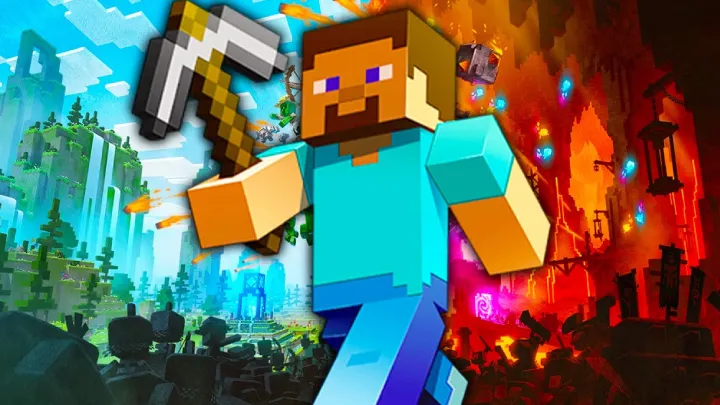
Part 5: The End Game - The Ultimate Test of Mastery
The journey to the End is not just a quest; it is a final exam for your skills. A master player is a master of the End's unique challenges.
1. Preparing for the End: Before you enter the End, you must have all of your affairs in order. This means:
- Full Diamond Armor: Your armor should be fully enchanted with protection, mending, and unbreaking.
- Enchanted Tools: Your tools should be enchanted with mending, unbreaking, and fortune.
- Potions: Bring a variety of potions, including health, strength, and slow falling.
- Ender Pearls & Water Buckets: Ender pearls are a crucial tool for navigation and escape, while a water bucket can be used to negate fall damage.
2. The Dragon Fight: The Ender Dragon is a formidable foe. The expert's strategy is a two-part process. The first part is about destroying the crystals. You must use a bow to destroy the crystals that heal the dragon. The second part is about attacking the dragon directly. The dragon will land on a specific pedestal, providing a window of opportunity to attack it.
3. The End Cities and the Elytra: After defeating the dragon, you gain access to the End Cities. The End Cities are a treasure trove of rare loot, including the Elytra, a pair of wings that allows you to glide through the air. The expert player understands that finding an End City is a game of chance and patience. They use a combination of Ender pearls and bridges to find and explore the cities.
Conclusion: The Never-Ending Story
In conclusion, Minecraft is a game that rewards patience, intelligence, and a deep understanding of its mechanics. The journey to becoming a master is not about being the fastest or the strongest; it is about being the smartest. By prioritizing efficiency, mastering automation, and turning threats into resources, you can transform from a simple player into a world-builder of legendary proportions. The blocks are ready, the world is waiting, and your legacy is ready to be built.









